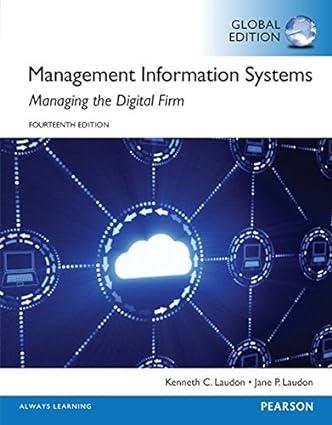3. What problems are solved by smart cities? What are the drawbacks? New York City wants very...
Question:
3. What problems are solved by “smart cities?”
What are the drawbacks? New York City wants very much to be a “smart city.”
In the fall of 2013, New York University, with support from city government, opened the Center for Urban Science and Progress under the direction of Steven E.
Koonin, a former Obama administration undersecretary for science in the Department of Energy. Koonin foresees work on a broad range of quality of life and urban efficiency projects ranging from traffic management to reducing water and electricity consumption by 30 to 50 percent in ten years’ time.
The first target for a ten-member team of graduate students, music professors, and computer scientists is noise pollution. Starting with data from 311
(the non-emergency line for citizen complaints on a range of issues including noise disturbances), the researchers will gather additional data from wireless sensors on windows and buildings and noise meters on traffic lights and street corners. A smartphone app may also be employed in a crowd-sourcing effort to encourage citizen participation and gather even more comprehensive statistics. One possible outcome foreseen by Koonin is a noise limit ordinance for vehicles. Using a combination of incentives and violation fees, citizens will be persuaded to replace or repair malfunctioning mufflers. Computer simulations will inform decision-makers about the optimum combination of enforcement mechanisms and sequence of steps to maximize compliance.
Step by Step Answer:

Management Information Systems Managing The Digital Firm
ISBN: 9781292094007
14th Edition
Authors: Kenneth C. Laudon






